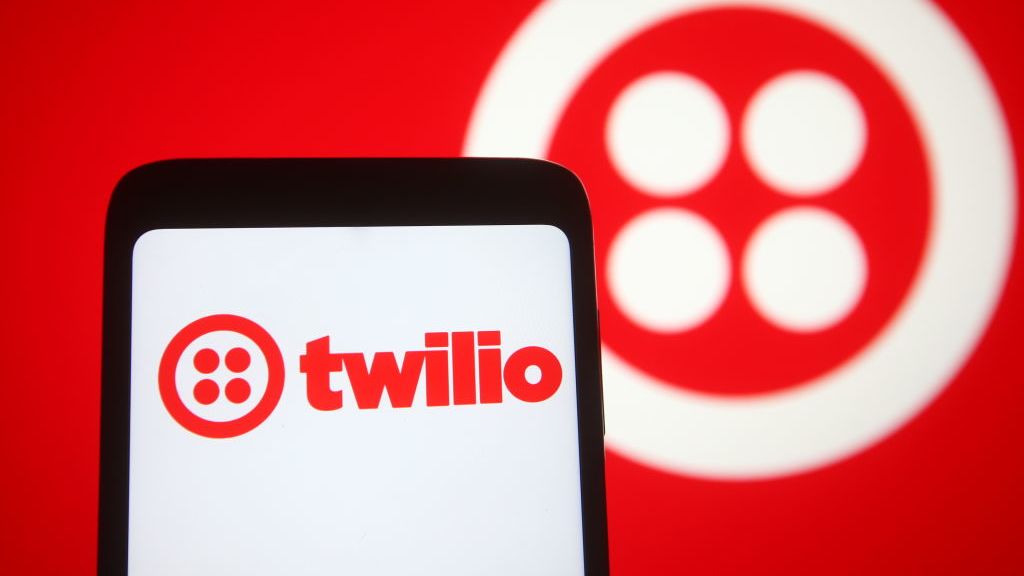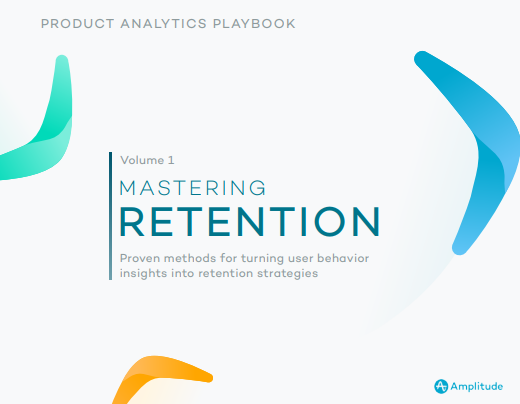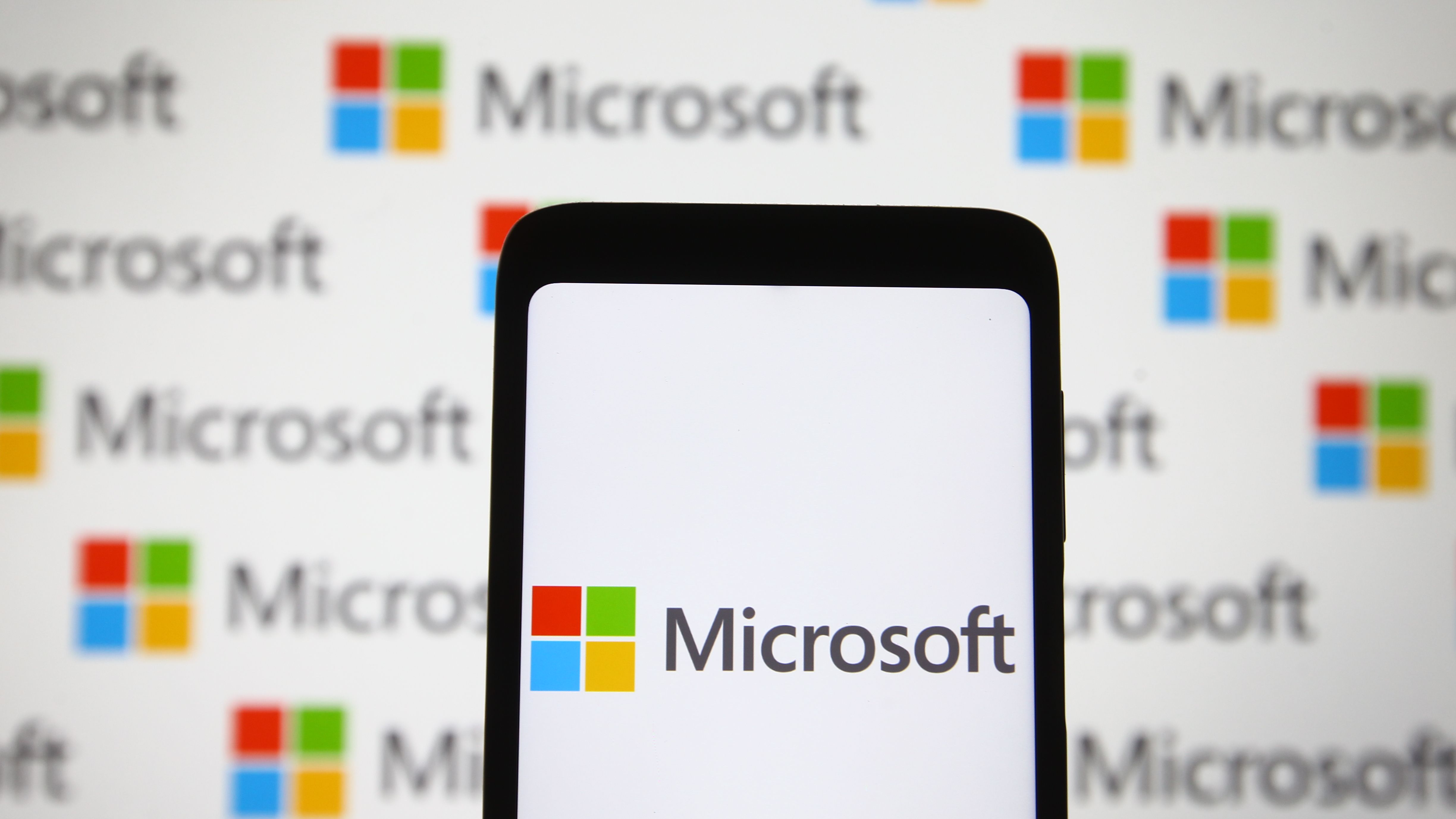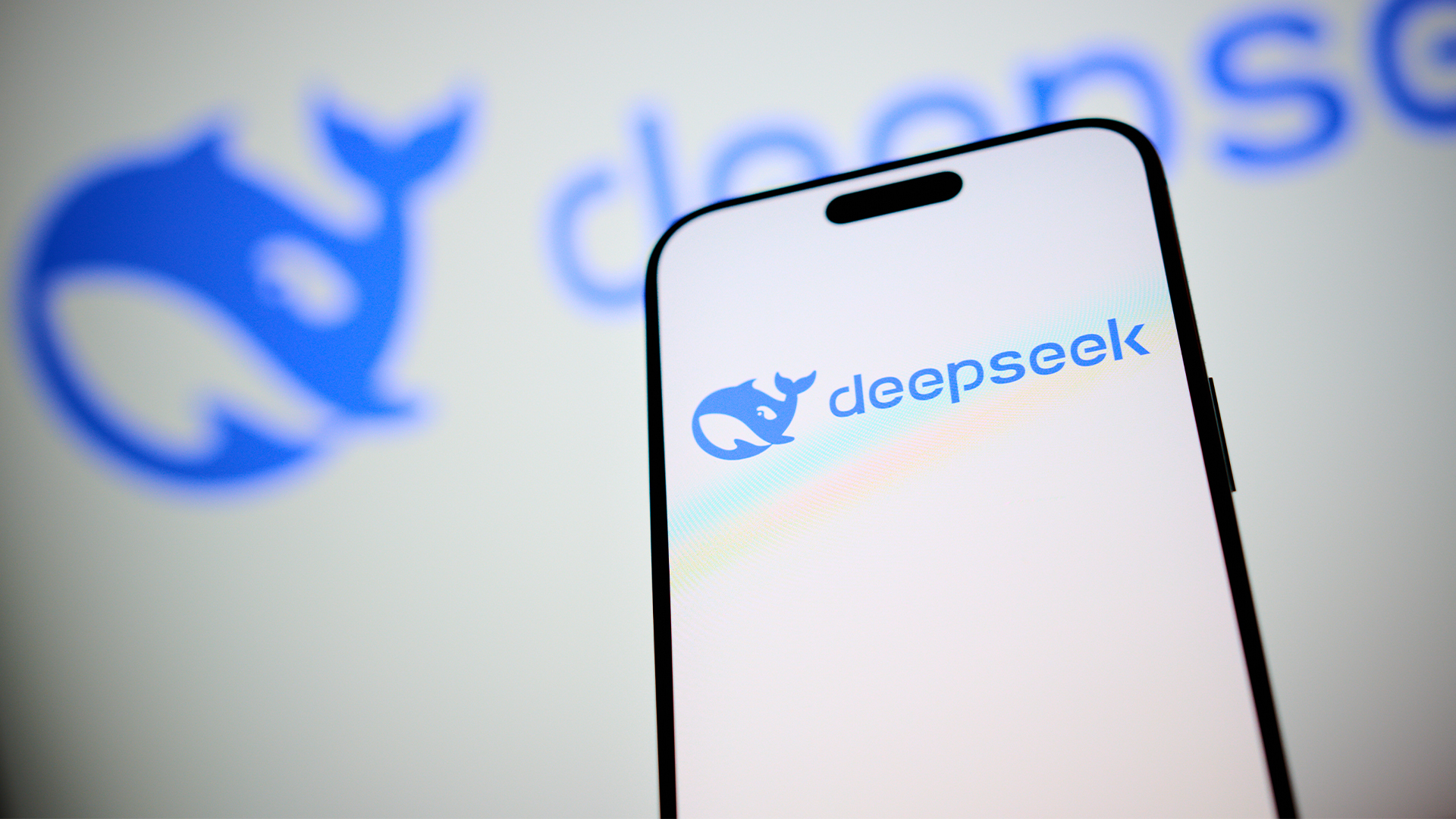Marks and Spencer selects Twilio chatbot over human customer service call centre operatives
The automated call routing solution has replaced the retail giant's legacy switchboard


High street retail giant Marks & Spencer has deployed Twilio's chatbot to replace its human customer service staff to deal with calls on behalf of its 640 stores and contact centres.
The system is used to redirect any calls to the retail chain to the most relevant department, store or call centre worker.
Before using Twilio, Mark & Spencer was using a legacy switchboard platform, using human interaction to route the caller to the right place. Twilio's platform instead identifies what a customer's calling about and then redirects it to the most relevant department, significantly speeding up and improving the accuracy of the service.
"Twilio's flexible cloud communications platform has enabled Marks & Spencer to experiment like a startup, while executing like an enterprise," said Chris McGrath, IT programme manager at Marks & Spencer. "We were able to prototype a solution in just four weeks and put it to the test during our busiest retail days of the year.
McGrath added the implementation of Twilio's tech means the company can now have more data-led conversations with its customers, ensuring their preferences are identified and used to make service more efficient and targeted.
It has also allowed the company to use its trained customer service staff in other areas of the business, reallocating staff's time to make them more productive, he said.
Twilio was up and running within the targeted six-month time frame, although the original prototype was built in just four weeks. It was tested during Valentine's Day and Mother's Day - two of the company's busiest annual periods and was them implemented to handle more than a million calls a month.
Get the ITPro daily newsletter
Sign up today and you will receive a free copy of our Future Focus 2025 report - the leading guidance on AI, cybersecurity and other IT challenges as per 700+ senior executives
The next stage of the partnership is to use Twilio's Programmable SMS system to send customers delivery updates via text messages.
"Today's consumers have come to expect a great customer experience from the companies they buy from and communications are increasingly central to this," said Rob Brazier, director of product management at Twilio. "We are thrilled to be working with such an iconic retailer as it transforms its communications in order to deliver the best possible experience for its 32 million customers worldwide."

Clare is the founder of Blue Cactus Digital, a digital marketing company that helps ethical and sustainability-focused businesses grow their customer base.
Prior to becoming a marketer, Clare was a journalist, working at a range of mobile device-focused outlets including Know Your Mobile before moving into freelance life.
As a freelance writer, she drew on her expertise in mobility to write features and guides for ITPro, as well as regularly writing news stories on a wide range of topics.
-
 Why you should invest in your CRM system
Why you should invest in your CRM systemSponsored A unified and better integrated service can boost efficiency, digital transformation and customer experience
By IT Pro
-
 How to boost ROI from your CRM system
How to boost ROI from your CRM systemSponsored To deliver the results you want, you need to understand the full capabilities of your CRM system
By IT Pro
-
 Twilio tackles 'crucial' customer retention with trio of platform upgrades
Twilio tackles 'crucial' customer retention with trio of platform upgradesNews The company believes that retaining customers and maximising LTV is crucial in weathering the current macroeconomic headwinds
By Connor Jones
-
 Mastering retention
Mastering retentionWhitepaper Turning user behaviour insights into retention strategies
By ITPro
-
 How customer relationship management (CRM) can help your business
How customer relationship management (CRM) can help your businessIn-depth Are you still keeping customer details in a simple database or spreadsheet? There are several benefits of adopting an integrated CRM system
By Nik Rawlinson
-
 Microsoft announces Teams chat integration for Dynamics 365
Microsoft announces Teams chat integration for Dynamics 365News The integration offers features to streamline collaboration between teams while aiming to enable the faster closing of sales
By Daniel Todd
-
 1.2m businesses now eligible for UK gov's software discounts
1.2m businesses now eligible for UK gov's software discountsNews Help to Grow: Digital scheme offers up to £5,000 off selected CRM and e-commerce software
By Bobby Hellard
-
 Trust is vital to the future of customer experience
Trust is vital to the future of customer experienceSponsored As third-party cookies enter their twilight, more trustworthy systems are essential to deliver the kind of digital relationships companies and customers need
By IT Pro

